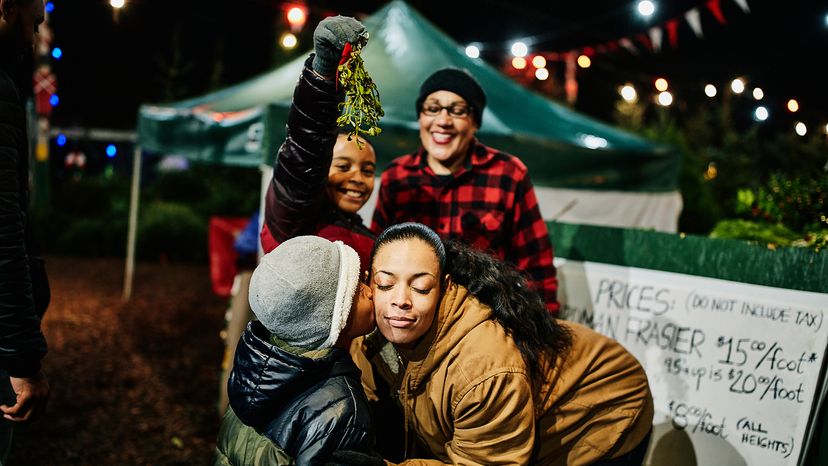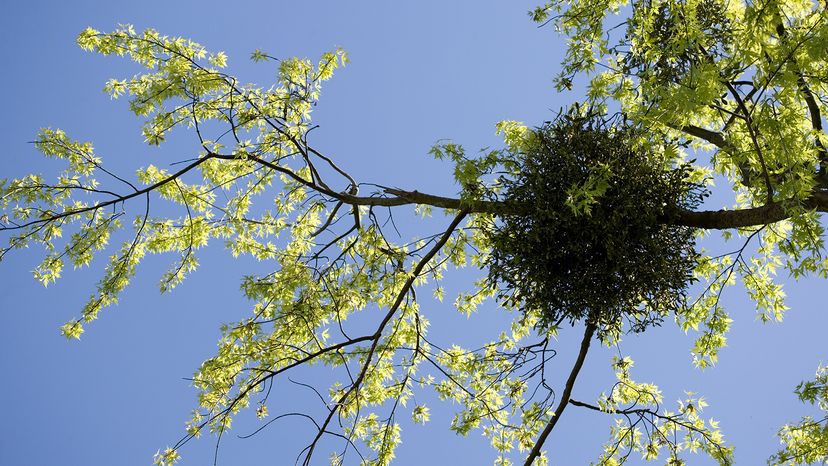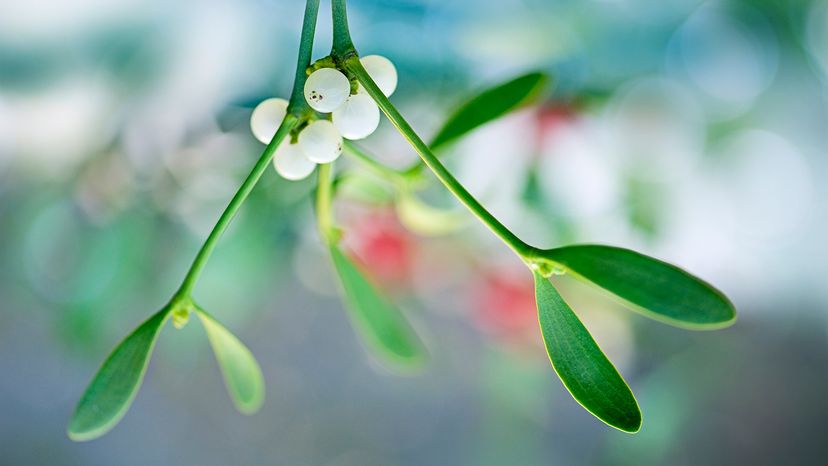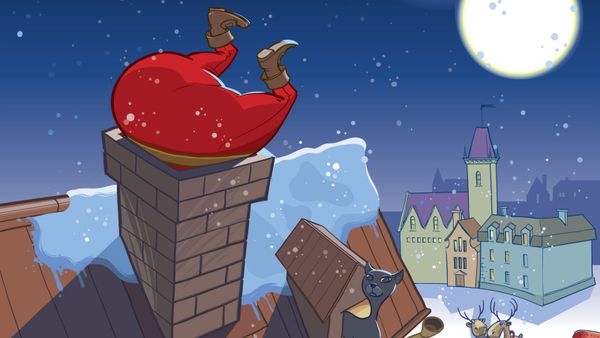
Hanging mistletoe over a doorway during the holiday season is a tradition around the world. But have you ever stopped to think about the story behind it? Where did it come from? Why do we kiss just because we're standing underneath some particular shrubbery?
In this article, you'll find out how the plant mistletoe grows and how it spreads. You'll learn about ancient people's understanding of biology and how they put it to use in their stories and myths. The next time you stand under mistletoe, you'll have a new understanding of this intriguing plant.
Advertisement
Now let's hop into history. The word "mistletoe" is derived from the Anglo-Saxon words, "mistel" (dung) and "tan" (twig) -- misteltan is the Old English version of mistletoe. It's thought that the plant is named after bird droppings on a branch [source: mwrop.org].
One of the beliefs in the early centuries was that mistletoe grew from birds. People used to believe that, rather than just passing through birds in the form of seeds, the mistletoe plant resulted from birds landing in the branches of trees.
So how did this plant become entwined with Christmas? The December holiday has assimilated a wide range of customs and traditions from many cultures, and mistletoe is one of them. For example, one French tradition held that the reason mistletoe is poisonous is because it was growing on a tree that was used to make the cross on which Jesus was crucified. Because of its presence, the story goes that the plant was cursed and denied a place to live and grow on Earth, forever to be a parasite [source: Saupe].
Advertisement






